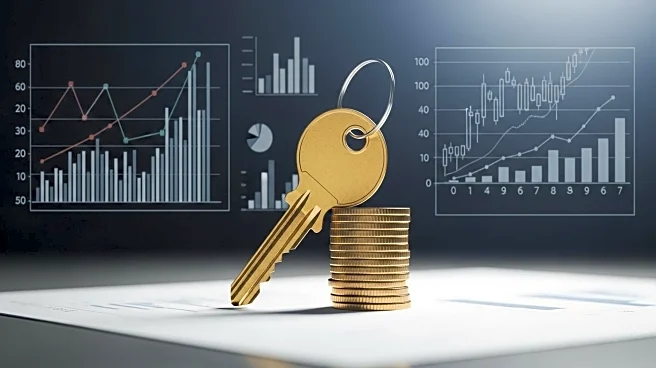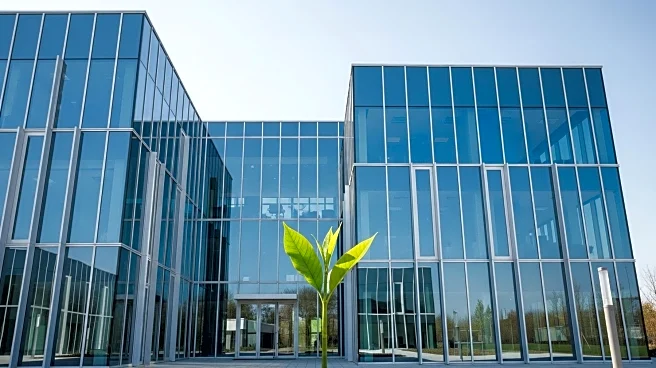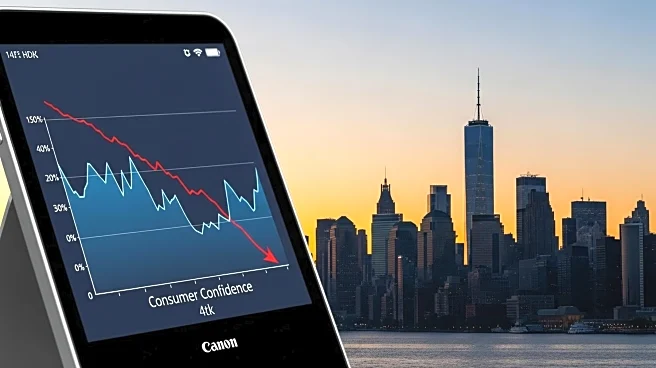What is the story about?
What's Happening?
The U.S. hotel industry is facing a challenging year with a revised forecast for Revenue Per Available Room (RevPAR) growth at just 0.1% for 2025, down from an earlier estimate of 1.8%. This adjustment comes amid a backdrop of economic uncertainties, including trade tensions, elevated interest rates, and geopolitical instability. The hotel sector is also grappling with increased competition from alternative lodging options and rising operational costs. Despite a strong start to the year, factors such as declining occupancy rates and a slowdown in business travel have contributed to the downward revision.
Why It's Important?
The reduced RevPAR growth forecast highlights the broader economic pressures facing the U.S. hospitality industry. As hotels contend with declining occupancy and rising costs, the sector's profitability is under threat. This situation underscores the need for strategic adjustments, such as optimizing channel mix and enhancing guest services, to maintain competitiveness. The industry's performance is a bellwether for consumer confidence and economic health, with implications for employment and investment in the hospitality sector. The challenges also reflect broader economic trends, including inflation and trade dynamics, affecting various industries.
What's Next?
Looking ahead, the U.S. hotel industry may need to focus on cost control and operational efficiency to navigate the challenging environment. The potential for special events, such as the World Cup and the country's 250th birthday celebrations, could provide opportunities for growth. However, persistent economic headwinds and competition from alternative accommodations will require hotels to innovate and adapt. The industry's recovery trajectory will depend on macroeconomic conditions, consumer sentiment, and the ability to leverage technology and data analytics for improved decision-making.
AI Generated Content
Do you find this article useful?













